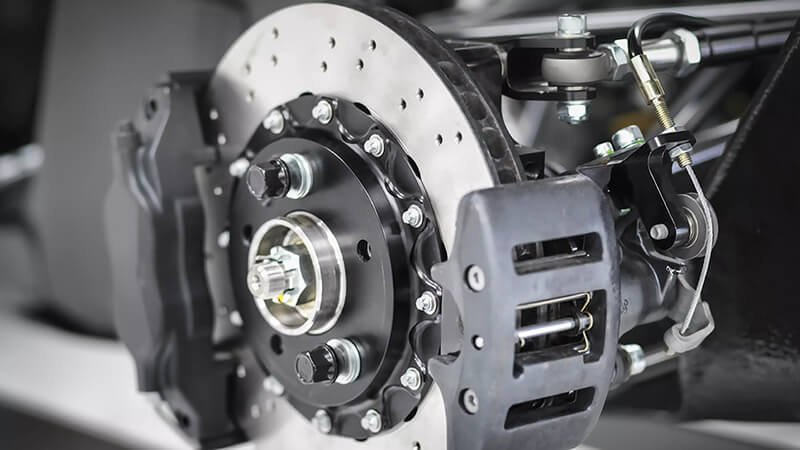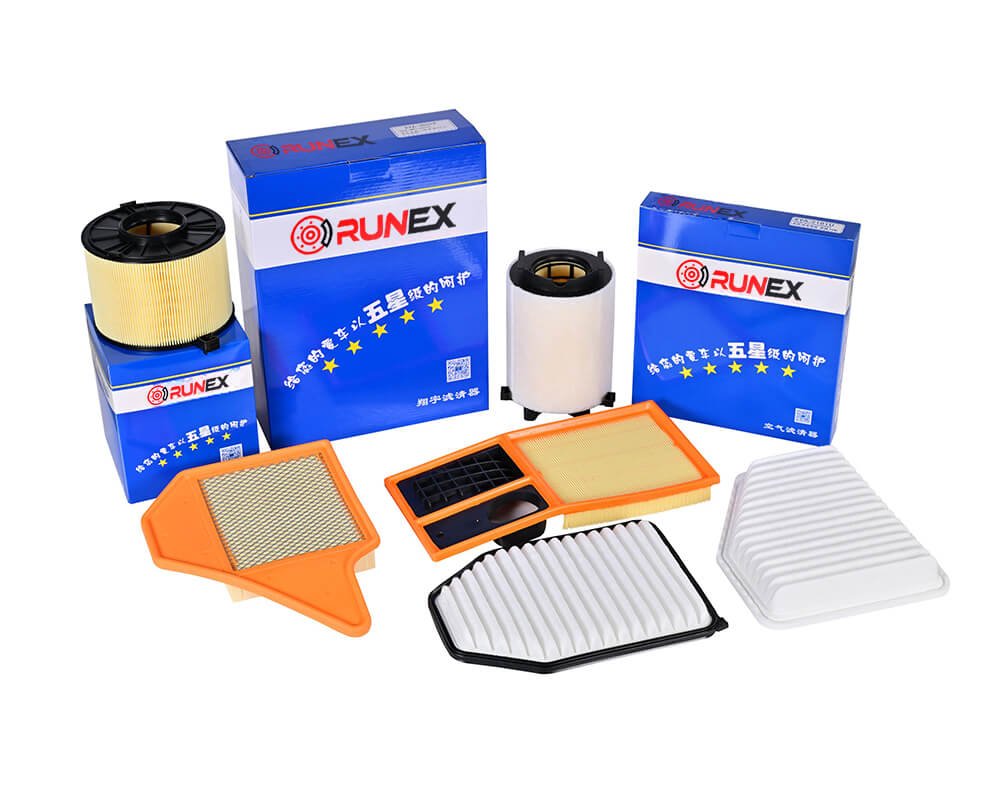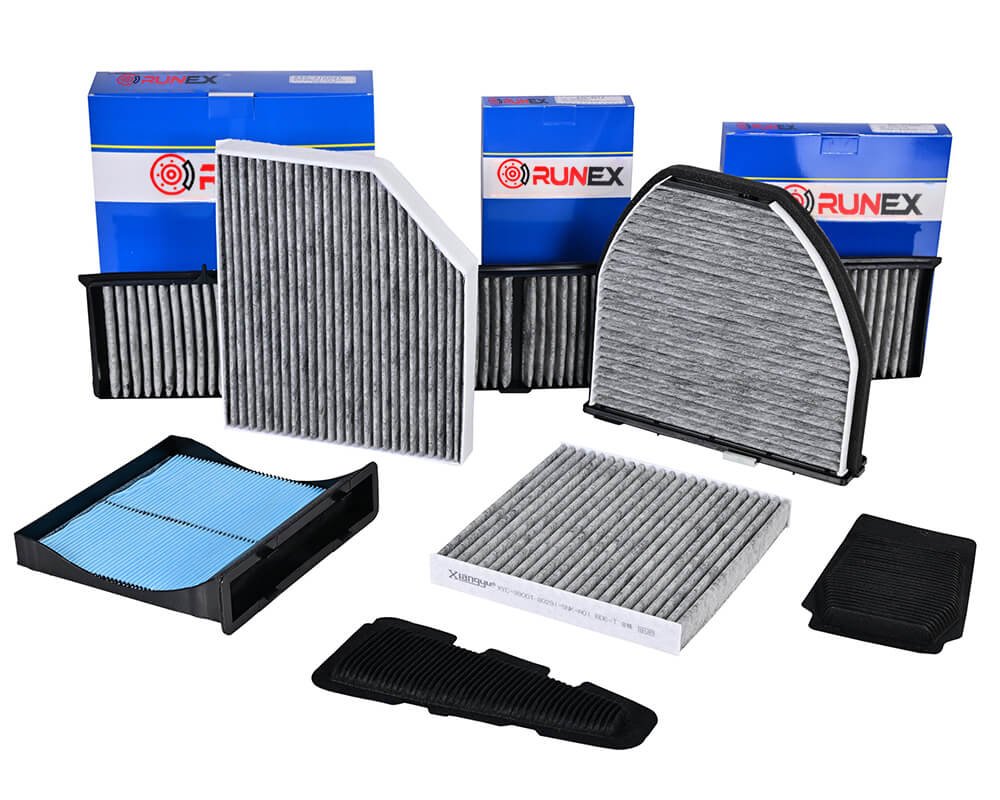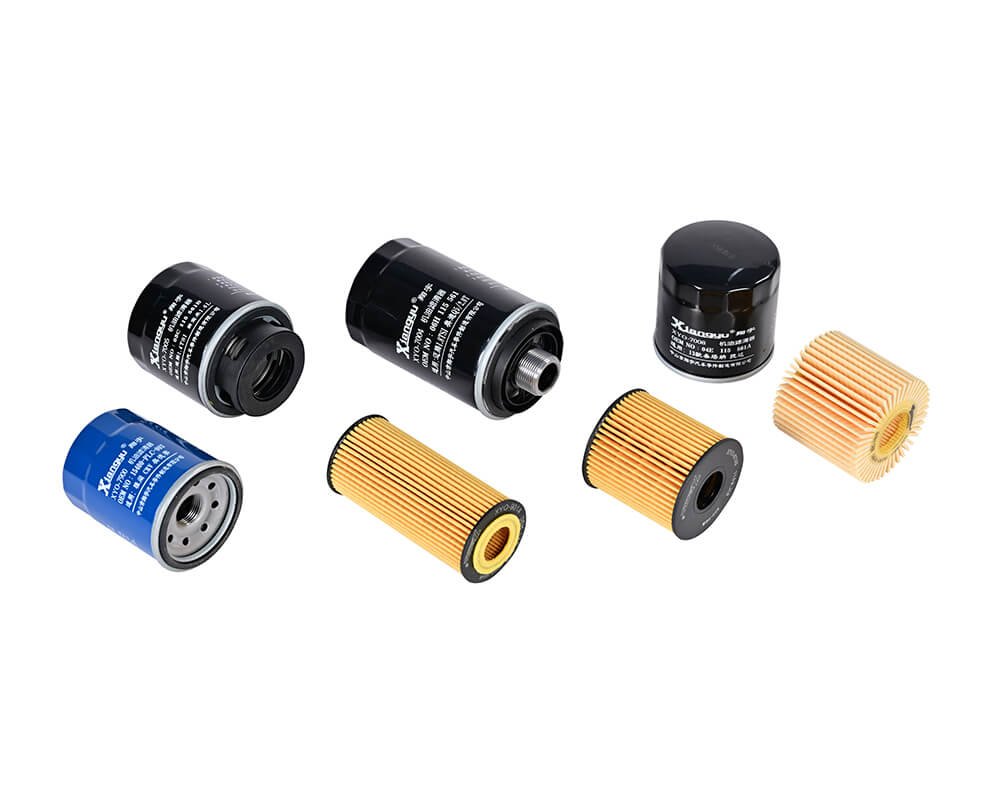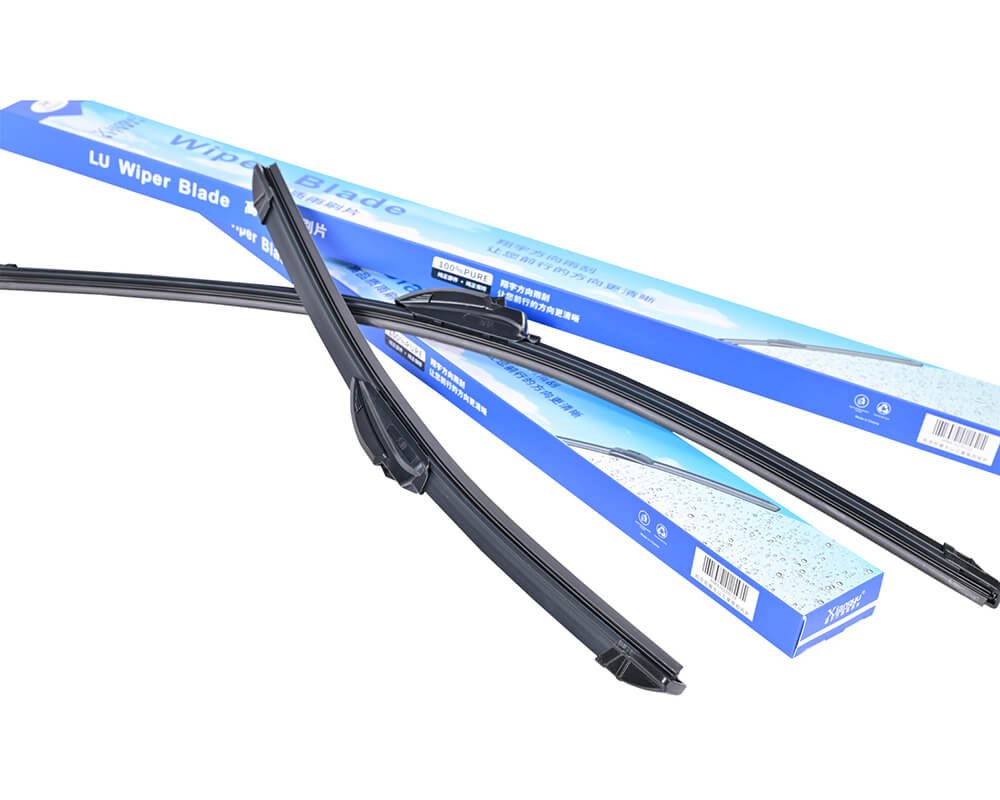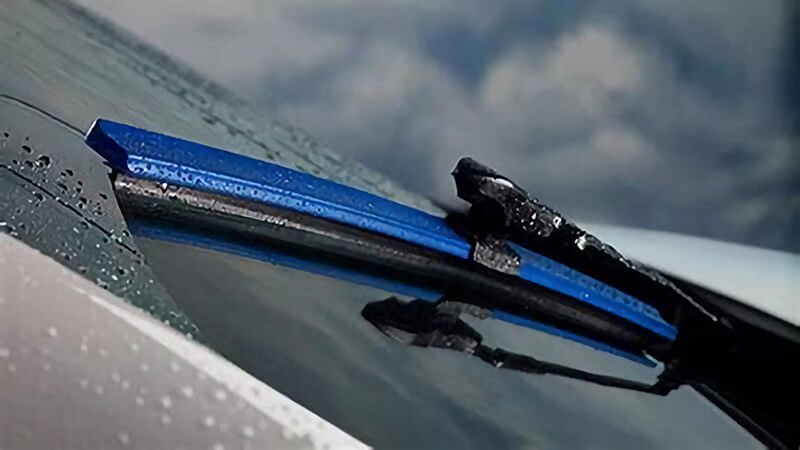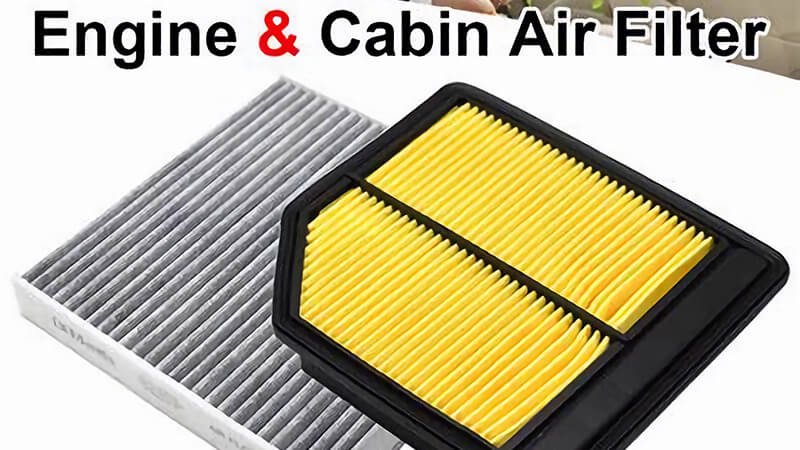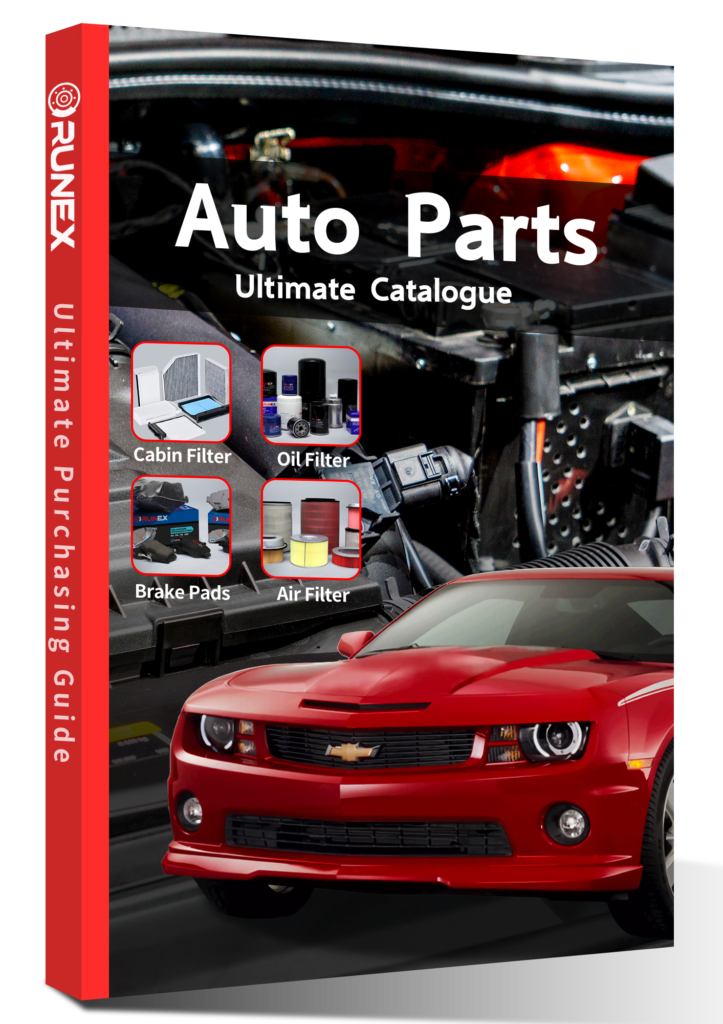Replacing car brake pads and rotors is a task that many car owners wonder if they can do themselves. It's not overly complicated, but it does require some mechanical knowledge. So, how difficult is it really to take on this job?
Replacing brake pads and rotors is a moderately difficult DIY project. It's manageable for those with some mechanical experience but does require patience and attention to detail. The process involves safely lifting the car, removing wheels, and dealing with heavy components. With the right tools and knowledge, it can be done at home.
If you're considering replacing your brake pads and rotors yourself, it’s essential to know what’s involved. Let’s break down how long it will take, whether it's a feasible DIY job, and what to expect in terms of cost and time.

How Long Does It Take to Change Brake Pads and Rotors by Yourself?
Changing brake pads and rotors isn’t something you can rush. It requires some time and effort, even if you’ve done this type of work before. But how long should you realistically expect the process to take if you're doing it on your own?
On average, it takes around 2 to 3 hours to replace brake pads and rotors if you’re working alone. Factors like the make and model of your car, as well as your mechanical experience, can influence how long the task will take.
The time it takes to change brake pads and rotors1 can vary depending on several factors. If you have a solid understanding of car maintenance and the right tools, you can expect to spend about 2 to 3 hours on this job. However, if you're new to this type of work, it might take you longer, especially if you encounter issues like stuck bolts or need to remove other parts to gain better access to the brake components.
Here’s a breakdown of the steps involved:
Step 1: Lift the Car
The first thing you need to do is safely lift your car. This often involves using a car jack and placing jack stands under the car to ensure stability. You’ll also need to remove the wheels, which usually requires removing lug nuts.
| Step | Description | Time Estimate |
|---|---|---|
| 1 | Lift car and remove wheels | 30 minutes |
| 2 | Remove caliper and pads | 30 minutes |
| 3 | Remove old rotors and install new ones | 60 minutes |
| 4 | Reassemble and test brakes | 30 minutes |
Step 2: Remove the Old Brake Pads and Rotors
Next, you'll need to remove the old brake pads and rotors. This involves removing the calipers, which hold the brake pads in place, and possibly the caliper bracket. The rotors are usually secured with bolts, which can sometimes be tough to remove, especially if they’ve rusted over time.
Step 3: Install New Brake Pads and Rotors
Once you’ve removed the old components, it’s time to install the new brake pads and rotors. This step is usually straightforward, but you need to ensure that everything is properly aligned and torqued to the correct specifications.
Step 4: Reassemble and Test
After installing the new brake parts, reassemble everything, replace the wheels, and lower the car. Don’t forget to test the brakes before driving to ensure everything is functioning correctly.
In summary, while it’s certainly doable on your own, changing brake pads and rotors will require a solid investment of time and effort.
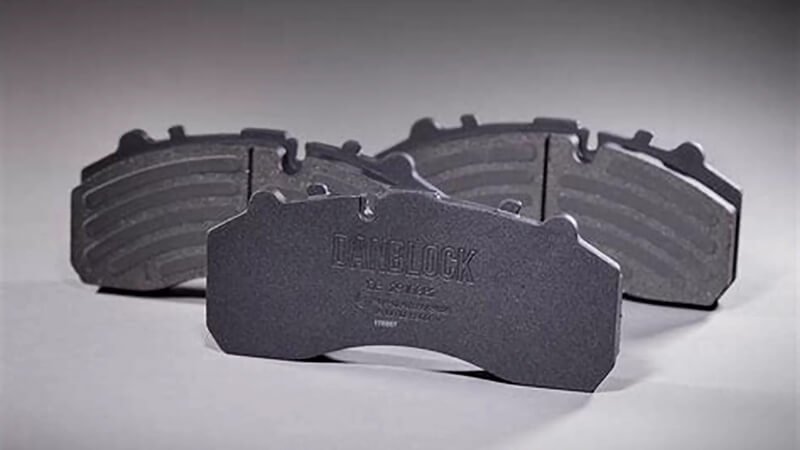
Can You Replace Brake Rotors by Yourself?
Replacing brake rotors is a more involved task than just changing brake pads, but it is still possible to do on your own. The key question is: is it worth the effort, or should you leave this job to a professional?
Yes, you can replace brake rotors by yourself, but it requires additional steps compared to changing just the brake pads. With the right tools and knowledge, you can manage the task. However, make sure you’re comfortable with lifting the car and dealing with the heavier components.
Replacing brake rotors2 yourself is very doable if you have some mechanical experience3 and are comfortable handling car parts. The process of replacing rotors is similar to changing brake pads, but with an added layer of complexity. Since rotors are heavy and typically require more force to remove, it’s important to be prepared for that extra effort.
Here are the key steps for replacing rotors:
Removing the Old Rotors
The rotors are typically held in place by bolts and can sometimes be stuck due to rust or corrosion. You may need to tap them with a hammer gently to loosen them, and in some cases, you may need a rotor puller tool to help with removal.
| Tool Required | Purpose |
|---|---|
| Car Jack | To lift the vehicle safely |
| Lug Wrench | To remove the lug nuts |
| Brake Rotor Puller4 | Helps remove stuck rotors |
| Hammer | To gently tap and loosen rusted rotors |
Installing the New Rotors
Once the old rotors are off, installing the new ones is simple. Just ensure they are placed correctly on the hub, and the bolts are properly secured. Rotors must be aligned to ensure proper braking efficiency, so take extra care during installation.
Checking the Brake Pads
While replacing the rotors, it's also a good idea to check your brake pads. If they are worn out, you might as well replace them while you're at it. This ensures that your entire braking system is refreshed and in good working order.
Replacing rotors yourself can save you money, but be sure you have the right tools and enough time for the job. If you're unsure or uncomfortable, it’s always safer to hire a professional.

How Long Does It Take a Mechanic to Replace Brakes and Rotors?
When you take your car to a mechanic to replace the brake pads and rotors, the process becomes quicker and more efficient. But how long will a professional need to complete the job?
A mechanic can usually replace brake pads and rotors in about 1.5 to 2 hours. Since they have the right tools and experience, the job can be completed much faster than a DIY approach.
Mechanics have the advantage of specialized tools and experience, so replacing brake pads and rotors5 is much quicker when done by a professional. Typically, a trained mechanic can complete the job in about 1.5 to 2 hours, sometimes even less. This is significantly faster than a DIY approach, where the task might take a few hours longer due to the learning curve and lack of professional-grade tools.
Here’s why mechanics can work faster:
Professional Tools
Mechanics have access to tools like hydraulic lifts, power wrenches, and torque wrenches, which make the job easier and quicker. They also have experience with removing stubborn bolts, which saves a lot of time.
| Tool Used | Purpose |
|---|---|
| Hydraulic Lift | Lifts the car quickly and securely |
| Power Wrench | Makes lug nut removal faster |
| Torque Wrench | Ensures proper tightening of components |
Expertise and Efficiency
Because of their training, mechanics can often spot problems and fix them more efficiently. They know exactly what to do at each step, which minimizes delays.
Streamlined Process
Most mechanics perform brake and rotor replacements regularly, so they’ve developed an efficient system for getting the job done. They know where to focus their efforts and how to handle challenges quickly.
In conclusion, while a DIY project might take longer, a mechanic can typically finish replacing your brake pads and rotors in under two hours, offering both speed and expertise.
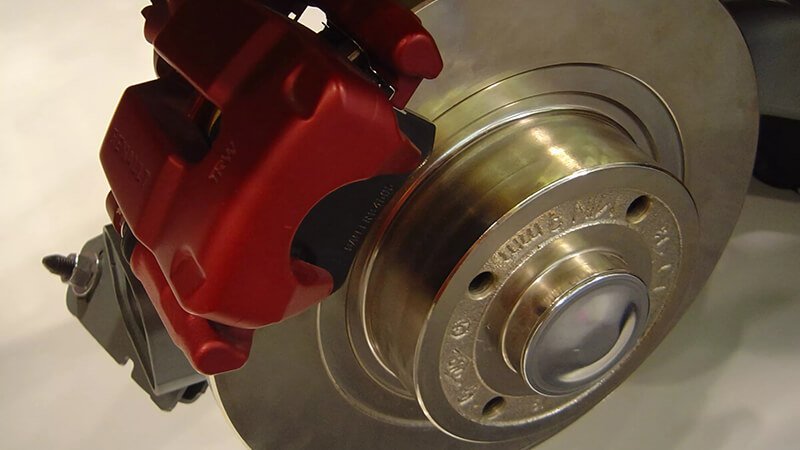
How Much Should It Cost to Replace Brake Pads and Rotors?
The cost of replacing brake pads and rotors can vary widely depending on several factors. But what’s a reasonable price to pay for this essential service?
The cost to replace brake pads and rotors generally ranges from $300 to $800, depending on the car model, parts quality, and labor rates. Opting for higher-end parts may raise the price, but they can also increase the lifespan and performance of your brakes.
The cost of replacing brake pads and rotors6 will vary based on your vehicle’s make and model, the type of parts you choose, and where you go for the service. On average, you can expect to pay anywhere from $300 to $800 for parts and labor combined.
Here’s a breakdown of the factors that affect the cost:
Type of Brake Pads and Rotors
The type of brake pads and rotors you choose will have a significant impact on the price. Basic organic pads are usually cheaper, while semi-metallic or ceramic pads are more expensive but offer longer-lasting performance. High-performance rotors also cost more but provide better stopping power.
| Brake Pad Type | Cost Range | Lifespan |
|---|---|---|
| Organic | $50 - $150 | 30,000 - 40,000 miles |
| Semi-metallic | $80 - $200 | 40,000 - 60,000 miles |
| Ceramic | $100 - $250 | 50,000 - 70,000 miles |
Labor Costs7
Labor costs can vary greatly depending on where you take your car. Mechanic shops typically charge anywhere from $75 to $150 per hour for labor, and the complexity of the job can affect the overall price. A quicker job may cost less, while a more complicated one will raise the price.
Car Model8
Luxury or performance vehicles may require more expensive parts and labor due to the specialized nature of the components. Similarly, larger vehicles like trucks may have higher costs due to the heavier and more expensive parts.
In conclusion, while the cost of replacing brake pads and rotors can add up, it's an investment in your safety and your vehicle’s performance. Don’t compromise on quality to save a few dollars.

Conclusion
Replacing brake pads and rotors 9 is a moderately difficult DIY project that requires some mechanical experience. If you have the right tools and patience, you can tackle it yourself. However, if you're unsure or lack experience, it’s always a good idea to consult a professional. Keep in mind the cost and time involved in the process, and don’t hesitate to prioritize safety and performance.
-
Understanding the time required for this task can help you plan better and ensure safety during the process. ↩
-
This resource will provide detailed guidance and tips for successfully replacing brake rotors, ensuring safety and efficiency. ↩
-
Gaining insights into the required mechanical experience can help you assess your readiness for DIY car repairs and maintenance. ↩
-
Understanding the function of a Brake Rotor Puller can enhance your DIY skills and ensure a smoother rotor replacement process. ↩
-
Explore this link to understand the advantages of having professionals replace your brake pads and rotors, ensuring safety and efficiency. ↩
-
Understanding the average costs can help you budget effectively for your vehicle maintenance needs. ↩
-
Exploring labor costs will give you insights into how much you should expect to pay for service. ↩
-
Learn how different car models influence repair costs to make informed decisions about your vehicle. ↩
-
Know all details and informationn from Runex, click this link to get what you need. ↩

